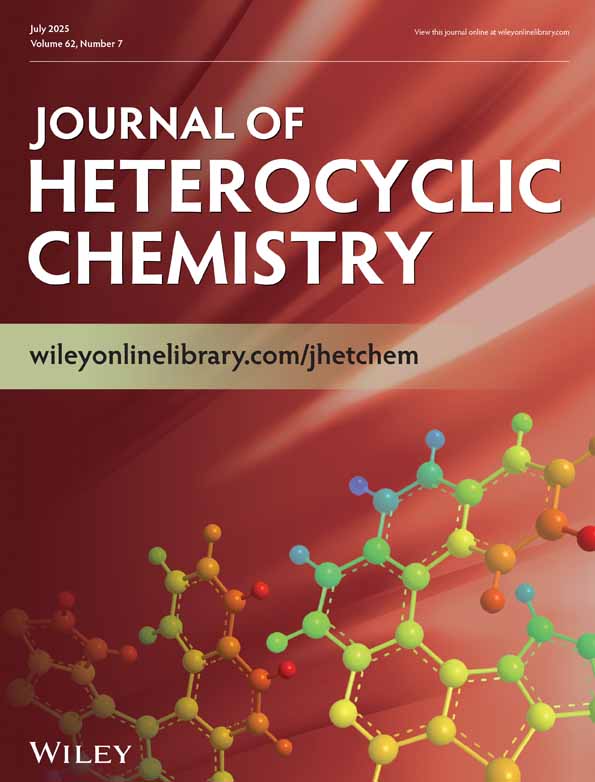The synthesis of new 2,4-diaminofuro[2,3-d]pyrimidines with 5-biphenyl, phenoxyphenyl and tricyclic substitutions as dihydrofolate reductase inhibitors†‡
Dedicated to the memory of Professor Raymond N. Castle
Presented in part at the 216th American Chemical Society National Meeting, Boston, MA, August 23–27, 1998; Abstr: MEDI 333. [b] Presented in part at the 217th American Chemical Society National Meeting, Anaheim, CA, March 21–25, 1999; Abstr: MEDI 048.
Abstract
Nonclassical 2,4-diamino-5-substituted furo[2,3-d]pyrimidines 4a-i, 5a-b and 7a-f were synthesized as extended aromatic ring appended analogs of previously reported antifolates 1a-b. The extended aromatic system was designed to better interact with a phenylalanine residue (Phe69) of dihydrofolate reductase from the opportunistic pathogen Pneumocystis carinii to afford potent and selective inhibitors of Pneumocystis carinii dihydrofolate reductase. The target compounds were synthesized by nucleophilic displacement of 2,4-diamino-5-(chloromethyl)furo[2,3-d]pyrimidine 3 with the appropriate aromatic amine or thiol. The compounds were evaluated as inhibitors of dihydrofolate reductase from Pneumocystis carinii and Toxoplasma gondii, and their selectivity was determined using rat liver dihydrofolate reductase as the mammalian reference. In the C8-N9 bridged series, compound 4e, with a 3-(2-methoxydibenzofuran)- side chain, exhibited greatest potency and was more than 3 times as selective for Pneumocystis carinii dihydrofolate reductase compared to rat liver dihydrofolate reductase. Compounds 4b and 4c also exhibited selectivity. Compounds in the C8-S9 bridged series showed comparable potencies, and each showed higher selectivity for Pneumocystis carinii dihydrofolate reductase compared to rat liver dihydrofolate reductase.




